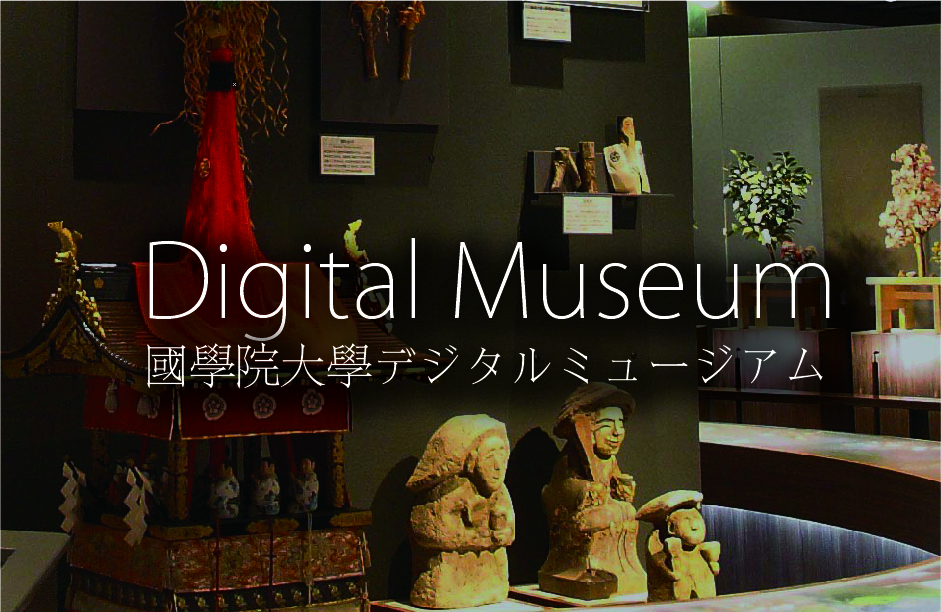- トップ
- Encyclopedia of Shinto
- Hi no Oshie
Encyclopedia of Shinto
| Main Menu: | |
| Links: |
詳細表示 (Complete Article)
| カテゴリー1: | 8. Schools, Groups, and Personalities |
|---|---|
| カテゴリー2: | Modern Sectarian Groups |
| Title | Hi no Oshie |
| Text | Teaching of the Sun. A Shinto-derived new religion founded by Sakuma Nikkō (1884-1954; Nikkō means "sun-light"). An affectionate and filial son, Sakuma developed an interest in the afterlife, the existence of the soul and the reality of divine beings (kami) after the death of his father in 1914. On August 4 of the following year, he attempted to capture the power of kami in the form of light by offering a dry photographic plate wrapped in a lightproof paper to the kami, then praying over it. It is said that when he developed the plate, the shape of Mount Fuji could be seen, and Sakuma took this as convincing proof for the existence of the kami, thus making this day the founding day of his religion. Subsequently, Sakuma made many more "spirit photographs" of this kind, resulting in the attraction of increasingly large numbers of people. In part a result of urging from the superintendent (kanchō) of Ontakekyō, Sakuma received licensing as a teacher (kyōshi) of that religion, ultimately bringing his group under the aegis of the Ontakekyō organization. Beginning in 1919, Sakuma began transmitting the mikatari, the revelation of divine teaching through Sakuma's mouth. These teachings include detailed descriptions of the spiritual world, the existence of deities, and the ultimate purpose of humankind, leading to the attraction of even more sympathizers. From 1924, Sakuma began recording the Gyoden, a document of "automatic writing" in which the kami would move Sakuma's hand. Partly based on the occurrence of these mystical events, Sakuma began full-scale efforts to train followers in the Kansai region from the mid-1920s until the late 1930s. However, friction with the leaders of Ontakekyō and the estrangement of powerful believers brought the movement to a standstill. In 1946 Sakuma' made his group independent from Ontakekyō and once again launched proselytization activities, registering under the postwar Religious Corporation Ordinance (Shūkyō Hōjinrei). In 1952 the group was registered as a religious corporation according to the Religious Corporations Law (Shūkyō Hōjinhō). Following the death of Sakuma in 1954 his wife Hidehikari (the name means "sunrise light") assumed office as second Superintendent of the group, assisted by Sakuma's eldest son Yukimitsu (1922-). At present, Yukimitsu serves as the group's third Superintendent, continuing the practice of mikatari, displaying similar paranormal abilities as his father, and dedicating himself to further developing the doctrines and practices of the group. Headquarters: Tokyo Nominal membership: approximately 2,500 persons. (M) — Yumiyama Tatsuya |





